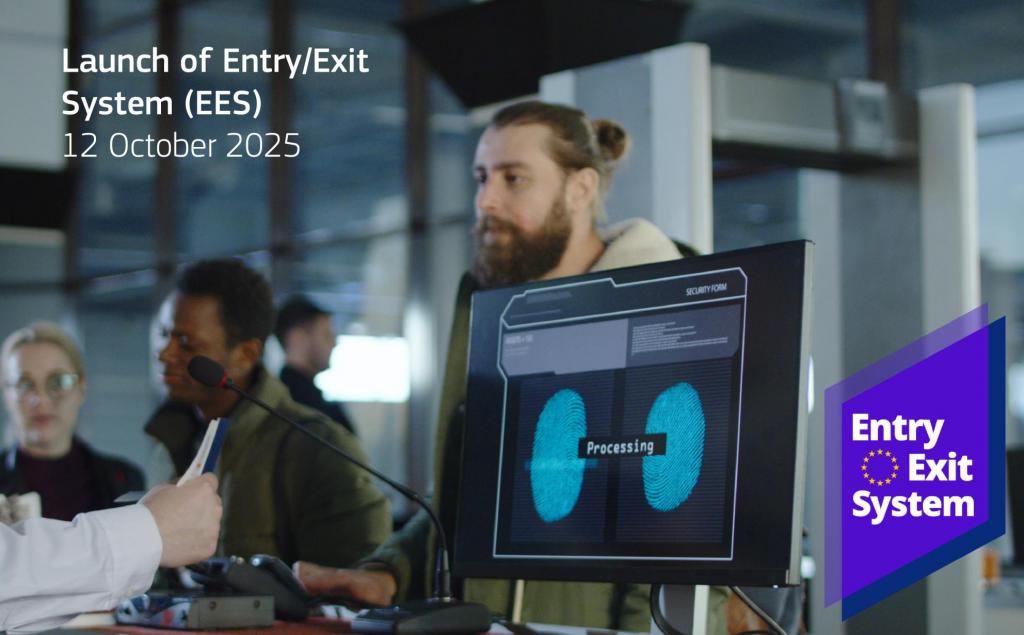The European Union has officially announced that its long-awaited Entry/Exit System (EES), designed to enhance border control for non-EU nationals, will go live in October. This new system will replace traditional passport stamping by digitally recording the movement of travelers.
Originally planned for November of the previous year, the launch was postponed due to several EU countries expressing unpreparedness. The revised rollout is now scheduled to begin on 12 October, as confirmed by the European Commission.
The EES aims to log entry and exit dates for visitors from outside the EU, helping to detect those who exceed their permitted stay or are denied access. It will also collect biometric data such as facial images and fingerprints, along with other identifying information.
Officials hope the system will improve security by reducing identity fraud and illegal entries. “It will help us spot overstayers, limit unauthorized movements, and tackle document fraud,” said EU Migration Commissioner Magnus Brunner.
Though the system is set to be deployed across all 27 EU nations, Ireland and Cyprus are exempt. Non-EU countries within the Schengen zone – including Norway, Iceland, Switzerland, and Liechtenstein – will also implement the EES.
A gradual rollout has been agreed upon, giving airports, border officials, and travelers time to adapt. Within three months of launch, around half of the EU’s border checkpoints are expected to be using the system, with full implementation expected after six months.
To prepare travelers, the EU plans to run awareness campaigns at airports and border crossings across the region. However, authorities have warned that the new system may lead to longer wait times at borders. The UK Foreign Office has advised travelers to allow for possible delays once the EES becomes operational.



